Graphics Reference
In-Depth Information
their roots in Moebius' work on barycentric coordinates (
Der Barycentrische Calcul
,
1827) and the fact that they are useful with central projections. Here we motivate
their definition by looking at the relationship between points and solutions to linear
equations.
We shall start with the real line
R
. What we are about to do may seem a little silly
at first, but if the reader will bear with us, it should make more sense in the end.
Linear equations in
R
have the form
ax
+=
b
0
,
with
a
π
0
.
(3.12)
We can think of
R
as the set of solutions to all equations of the form (3.12). Equation
(3.12) is homogeneous in a and b, but not in x. We can achieve more symmetry by
introducing another variable Y and consider the equation
(
)
π
(
)
aX
+=
bY
0
,
with
a b
,
0 0
,
.
(3.13)
The trivial solution (X,Y) = (0,0) is uninteresting and will be
excluded
from consider-
ation. Note that if we have a solution x to equation (3.12), then we have a solution
(x,1) to equation (3.13). In fact, (kx,k) will also be a solution to (3.13) for all k π 0.
Conversely, if (X,Y) is a solution to (3.13), then X/Y is a solution to (3.12)
if
Y π 0. In
short, each solution x to (3.12) gives rise to a class of solutions (kx,k), k π 0, to (3.13)
and each class of solutions (kX,kY) to (3.13) with k π 0 and Y π 0 gives rise to a unique
solution X/Y to (3.12).
Definition.
Let x Œ
R
and let (X,Y) be any pair of real numbers with Y π 0. If
x = X/Y, then X and Y are called
homogeneous coordinates
for x. One typically uses
the expression “(X,Y) are homogeneous coordinates for x” in that case.
Note that if (X,Y) are homogeneous coordinates for a real number x, then so are
(kX,kY) for any k π 0.
3.3.1. Example.
(-2,1), (-4,2), and (8,-4) are all homogeneous coordinates for the
real number -2.
What about the solutions to (3.13) with Y = 0? Since X π 0 in that case, they are
all multiples of (1,0). In conclusion, all the solutions to (3.13) fall into classes each of
which corresponds to a unique solution to (3.12) except for the one extra class of solu-
tions (k,0). We can think of these classes as
points
. The set of these “points” will be
called the “projective line.” It can be thought of as consisting of the real numbers with
one additional point added (the one corresponding to Y = 0). The extra point is called
an
ideal point
. All this will be formalized in the next section.
Next, we look at the more interesting case of the plane. The essential ingredients
in the analytic development of the affine (Cartesian) plane are points, which are pairs
(x,y), and lines, which are the set of solutions (x,y) to an equation of the form
(
)
π
(
)
ax
++=
by
c
0
,
with
a b
,
0 0
,
.
(3.14)
Note the following semi-duality in this context:


